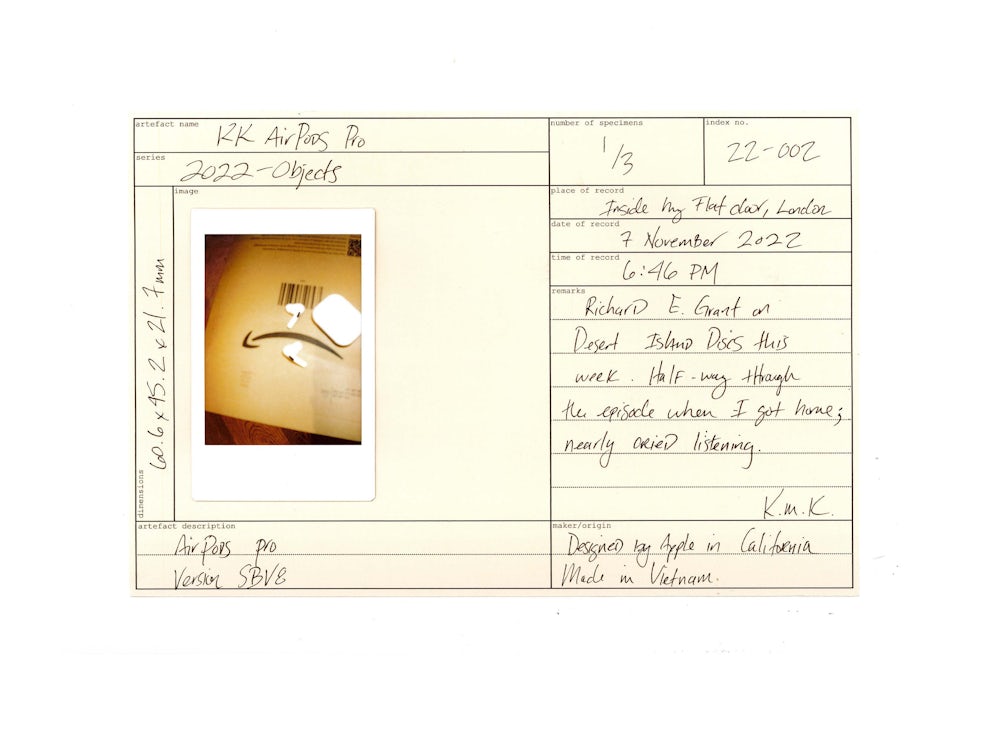Technology and nostalgia have become co-dependent: new technology and advanced marketing stimulate ersatz nostalgia—for the things you never thought you had lost—and anticipatory nostalgia—for the present that flees with the speed of a click. (Svetlana Boym, 2007 in: Nathan Jurgenson’s The Social Photo : On Photography and Social Media, Verso, 2019)
In The Slow Cancellation of the Future, Mark Fisher suggests that to be in the 21st century is to have 20th century culture distributed on 21st-century-hi-definition-screens.” He takes the position that our “excessive tolerance for the archaic” creates a culture in which nothing dies anymore and leaves us with no sense of the contemporary to compare with what is past. That is, a contemporary culture with “no distinguishing markers.”
Speaking on the matter at a time of only the mere iPhone 6, he identified a nostalgia loop in culture that would only continue to shorten and stagger inverse to the increasing speed of daily life and technology.
My work addresses this shortening nostalgia loop and slowing forward momentum in culture as highlighted by Fisher as well as Nathan Jurgenson’s idea of anticipating nostalgia. I find the pace at which something today can be made relevant, forgotten for a moment and relevant again to be completely dizzying. If the internet is already nostalgic for #OGLockdown or wired Apple headphones (@wireditgirls), how close could the nostalgia loop potentially brush up to the present? Is it just a matter of time before it catches up? Is the amalgamation of new technology and 20th century culture actually the distinguishing marker of ‘now’ that Fisher suggests the present lacks?
Through the nostalgic medium of polaroids—what Jurgenson describes as amateur, shareable, pre-social media photography—combined with physical indexing of my own personal moments and devices themselves—reminiscent of archaeological investigations and artefact documentation—I create a catalogue of hyper-contemporary objects and distinctly contemporary, banal moments that aim to already feel archaic.
I chose to document Apple products as they’re objects that are hyper-contemporary, but generally become obsolete annually. Using the familiar diaristic image-caption format of social media, my narratives recount my personal interactions with them that reference how we publicly post and/or privately document even our most ordinary moments in order to capture our present for an ‘anticipatory nostalgia.’ This also works to simulate and subvert the contemporary techniques of user profiling and privacy through constant interaction and documentation with our devices.
The result is a disorienting portrait taken in Fisher’s described, “non-time” and begs this question, “when are we?”






